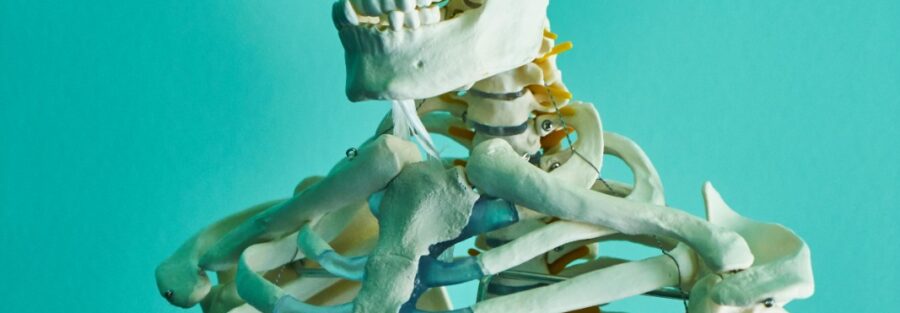Osteoporosis is a condition that makes bones weaker and more likely to break. The word “osteoporosis” means “porous bone,” which refers to bones becoming less solid and more like a sponge. Normally, bones are made up of minerals, mainly calcium, which are held together by strong fibers. Bones have a hard outer layer that we can see on X-rays, and inside, there is a softer part that looks like a honeycomb.
How Bones Stay Strong
Bones are not just hard structures; they are living tissues that are constantly changing. The body has cells that break down old bone and other cells that create new bone. During childhood and teenage years, bones grow stronger and thicker quickly because new bone forms faster than old bone is broken down.
By mid-to-late 20s, the bone-building process slows down. New bone is made at the same rate as old bone is broken down, so bones stay about the same strength. Around age 40, bone starts to break down faster than it’s replaced, leading to gradual bone loss.
When Does Bone Loss Become a Problem?
As people age, everyone experiences some bone loss, but osteoporosis happens when the bones become so weak that they are easily broken. With osteoporosis, the tiny spaces in the honeycomb-like part of the bone become bigger, and the bones lose density, making them more fragile.

Who is More Likely to Get Osteoporosis?
Osteoporosis is common, especially as people get older. While anyone can develop it, women are about four times more likely than men to have osteoporosis. There are two main reasons for this:
Hormonal Changes: After menopause, women lose a hormone called estrogen, which helps keep bones strong. The bone loss speeds up during this time.
Bone Density Differences: Men usually start with higher bone density, so they have to lose more bone before osteoporosis develops.
Other factors can also increase the risk of osteoporosis, such as certain medical conditions or lifestyle habits.
What Are the Symptoms?
Osteoporosis often doesn’t show any symptoms until a bone breaks from a minor fall or accident. This type of break is known as a “low-impact fracture” and often happens in the hip, spine, or wrist.
Some people might experience back problems if the bones in the spine become weak and collapse slightly, causing what’s known as a “vertebral crush fracture.” This can happen without an injury, usually in the middle or lower back. If multiple vertebrae are affected, it can cause the spine to curve and make a person shorter. Sometimes, these fractures can even make it hard to breathe because there is less space under the ribs.
Having a vertebral crush fracture also increases the risk of breaking other bones, such as the hips or wrists.
Understanding these basics of osteoporosis helps in recognizing the condition early and taking steps to protect bone health as we age.


